Blogs
Home / Blog
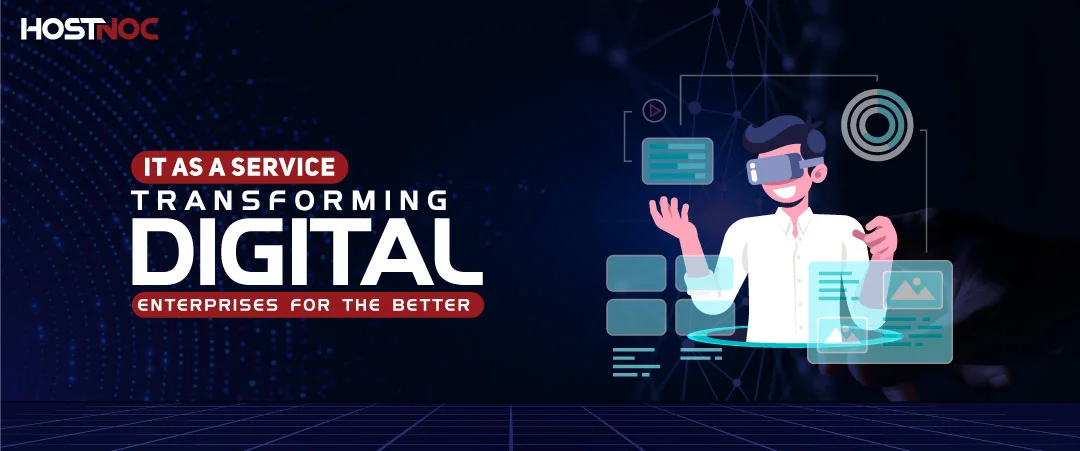

Service level agreements have long been the standard to evaluate the service quality of a service provider. It usually revolves around system availability and resolution time and does not take into account customer-centric factors. As the focus on customer satisfaction continues to grow, more and more IT leaders have started looking for more customer-focused alternatives to service level agreements. That is where experience level agreement comes into play.
An Experience level agreement flips the script and pays a lot of attention to customer satisfaction and user sentiments regarding a particular product or service. It measures the quality of interaction users have with your service instead of solely focusing on the performance of technology that is driving your service.
In this article, you will learn everything you need to know about experience level agreement and how it is all set to replace service level agreements.
Experience level agreement is a type of agreement that puts user satisfaction and requirements first. It puts more emphasis on user-centric metrics and user sentiments about service quality. It quantifies IT service outcomes and user experience.
Some of the advantages of experience level agreement are:
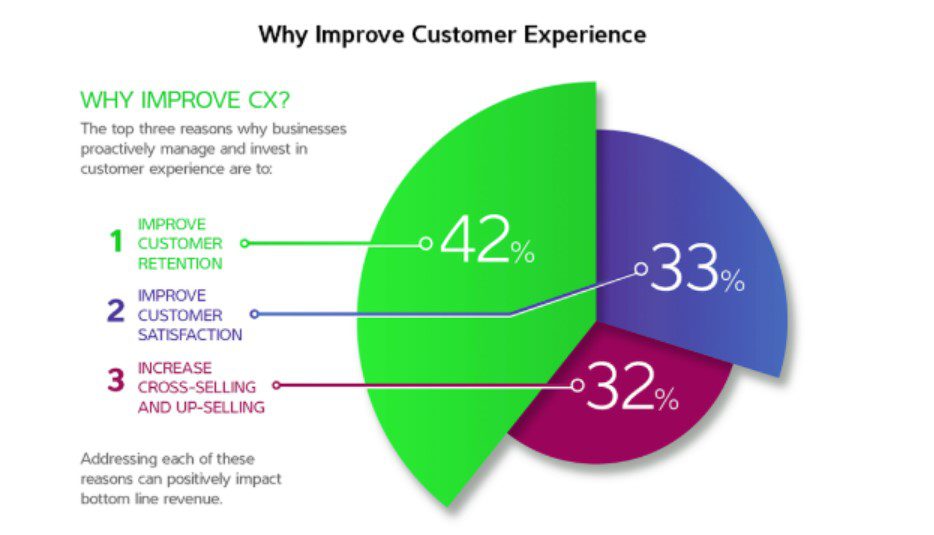
Just like with every other metric and approach to measure service quality, experience level agreement also has its downsides. Here are three major challenges of experience level agreements that you should be aware of.
Experience level agreement puts customer experience above everything else. Customer experience can be quite subjective. It can mean different things for different people, which makes it almost impossible to use it as a generic metric.
For instance, if two customers experience downtime, both of them could react differently. Let’s say, the first customer owns a large e-commerce website and a small delay can cost them thousands of dollars in sales while the other customer owns a small website that attracts few visitors a day. The e-commerce website owner will be more dissatisfied with the same downtime as compared to the small business owner.
Another issue with experience level agreement is that not every user is willing to share their feedback. Some users are more vocal about their negative experience while others prefer to stay silent. This makes it difficult for businesses to get a clear picture of the service quality through experience level agreements.
Context is needed
If you are a business which is using net promoter score as a metric, you need context. If you lack context, it can be misleading. For instance, whether there are 40% promoters and 0% detractors or 70% promoters and 30% detractors, the net promoter score will be the same +40%. Without context, you can end up making a wrong decision based on this data.
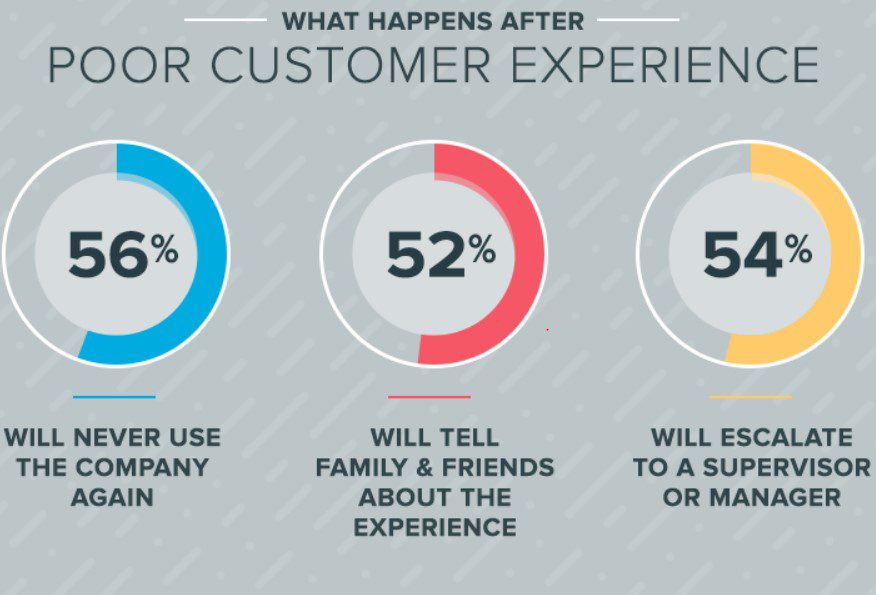
There are many ways to get over experience level agreement challenges. Some of them are as follows:
When a business signs an experience level agreement with a service provider, this means that they are not only responsible for managing the performance of underlying components but also helps businesses maintain an exceptional customer experience. To do that, they need to develop an understanding of the following:
For this, service providers will have to collect feedback from customers. It could be in the form of asking for a review or rating their experience with the customer service. This is used to evaluate the true level of customer satisfaction with your customer support.
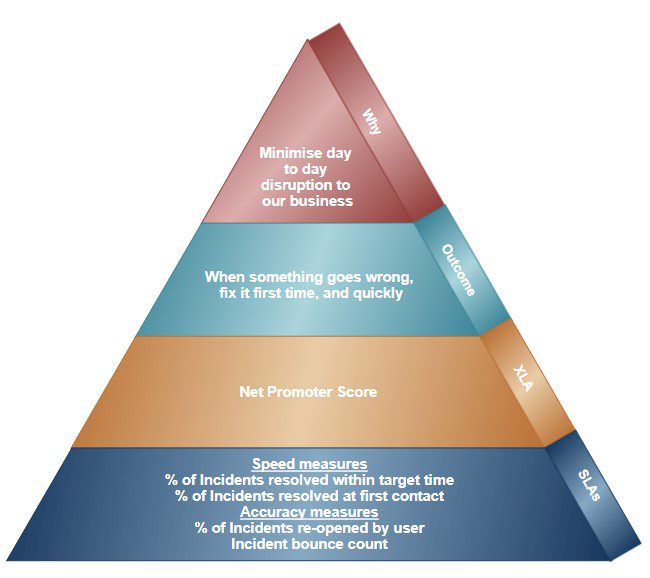
Other XLA metrics used to measure experience level agreement effectiveness are:
Some of the common mistakes businesses make when creating an experience level agreement are:
One of the key differences between service level agreements and experience level agreements is how they are measured. Experience level agreement measures performance in terms of value and outcomes while service level agreement is more geared towards operations and measuring outcomes. Experience level agreement measures things at a much deeper level as compared to service level agreement.XLA metrics also take into account factors which are usually ignored by service level agreements.
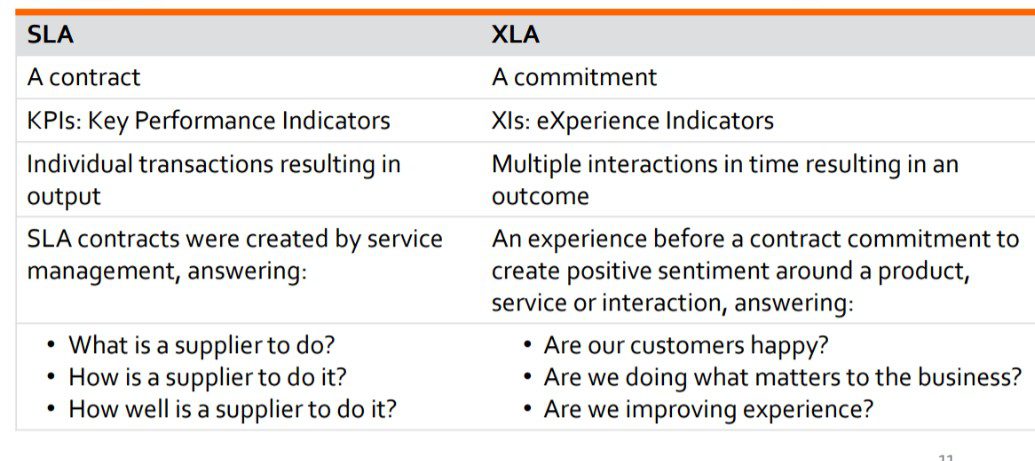
Service level agreement focuses on the outcome of any process while experience level agreement puts more emphasis on how users are feeling about a particular service. As a result, service level agreements track metrics such as ticket resolution time, costs and budget while experience level agreement looks at customer sentiments and how a particular service is impacting their productivity and happiness.
Now, you have understood everything about experience level agreement, it is time to create one. Here are some of the best practices you need to follow when creating an experience level agreement for your business.
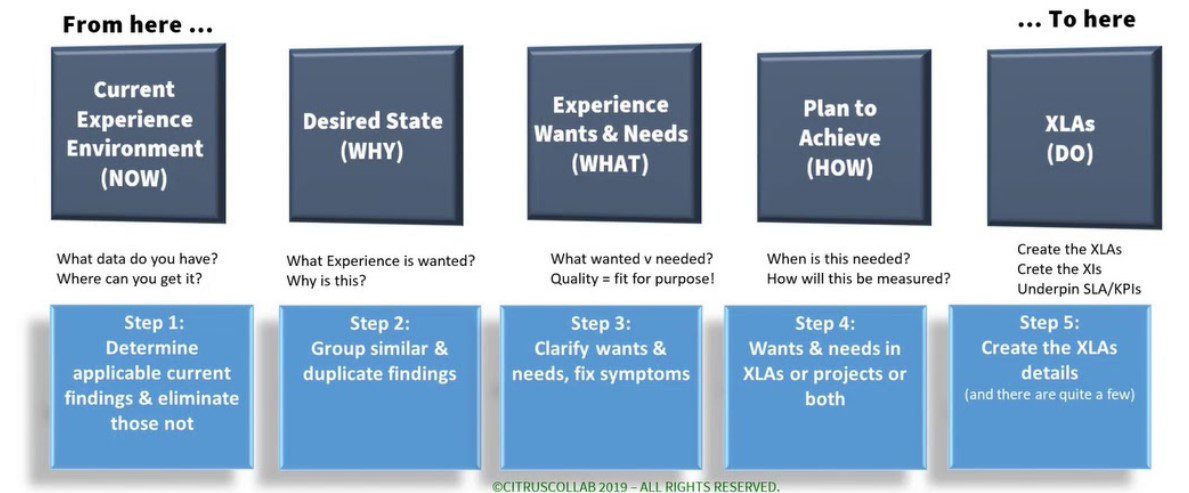
Some brands have achieved roaring success with the implementation of experience level agreements. Some of the notable XLA examples are as follows:
Will you adopt experience level agreements or stick with service level agreements? Share your opinion with us in the comments section below.
Enter your email to receive the latest news, updates and offers from HostNoc.
